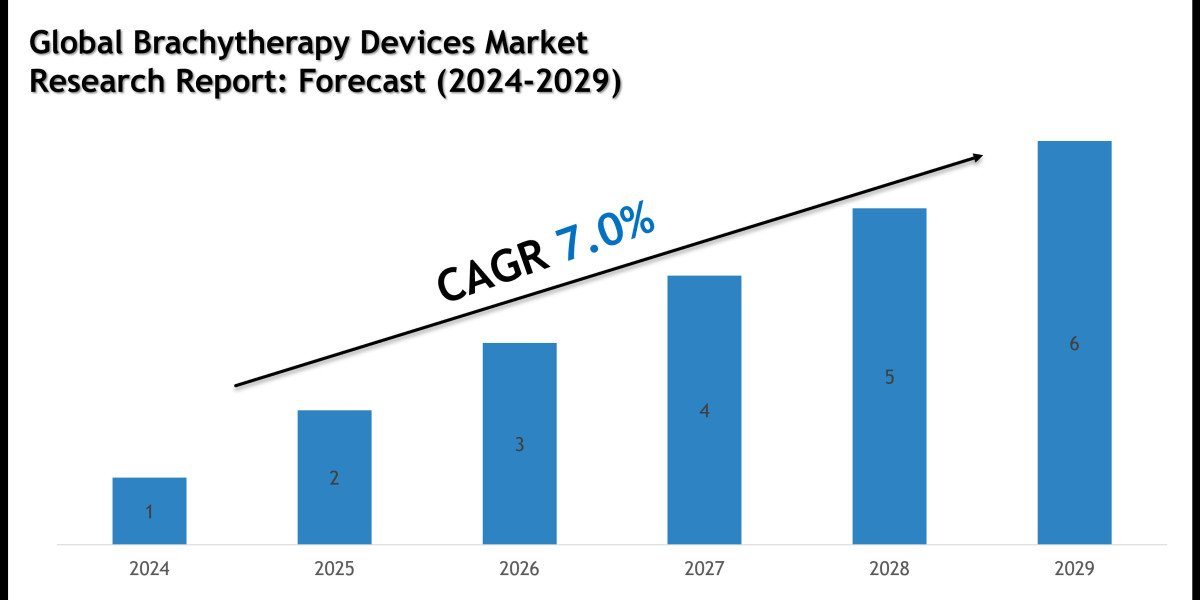The Pharmaceutical Collaborative Robot Market segment is expanding across various applications, including packaging, quality control, dispensing, and laboratory automation. Collaborative robots are designed to work safely alongside human operators, providing precision and reducing operational risks. Their deployment ensures compliance with regulatory standards, enhances productivity, and lowers labor costs. Cobots equipped with AI, machine vision, and adaptive control systems can perform complex tasks, making them suitable for diverse pharmaceutical applications, from sterile drug production to biologics manufacturing.
According to Pharmaceutical Collaborative Robot Market segment insights, companies are investing in multi-functional cobots capable of switching between production lines seamlessly, minimizing downtime and maximizing ROI. Strategic partnerships and technological collaborations are enabling manufacturers to access advanced robotics solutions and optimize their processes. With the growing emphasis on efficiency, safety, and automation, collaborative robots are expected to dominate key market segments globally over the coming years.
The Pharmaceutical Collaborative Robot Market Global Outlook emphasizes the worldwide adoption of collaborative robots across pharmaceutical production facilities. Cobots are increasingly valued for their ability to work alongside human operators, enhancing productivity, precision, and safety. They are widely used in packaging, dispensing, inspection, and laboratory automation. Technological innovations, including AI, machine vision, and adaptive control, have enabled cobots to perform complex tasks with minimal supervision. These advancements support global market growth as pharmaceutical companies strive to maintain compliance and efficiency while addressing workforce shortages.
FAQs
Q1: What are the main application segments for collaborative robots?
A1: Packaging, dispensing, quality control, laboratory automation, and sterile drug production.
Q2: How do multi-functional cobots benefit production?
A2: They reduce downtime, increase flexibility, and improve return on investment.
Q3: Why are cobots important in pharmaceutical operations?
A3: They enhance precision, productivity, safety, and regulatory compliance.



